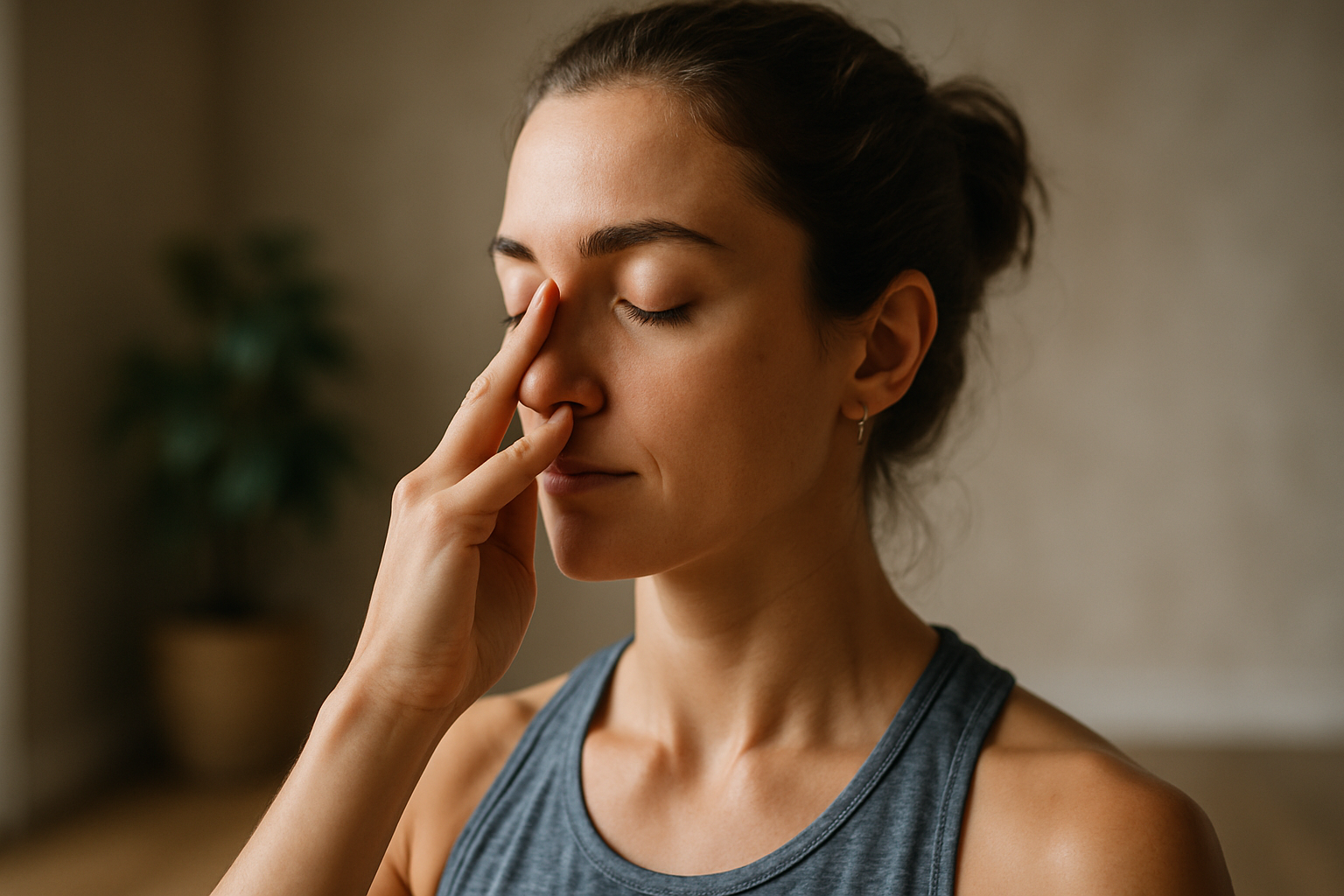Designing a personal recovery routine after high-pressure days
After intense work or demanding days, a compact recovery routine can restore clarity and reduce cumulative strain. This article outlines practical steps for calming the nervous system, replenishing physical energy, and rebuilding mental focus using simple practices you can adapt to your schedule.

High-pressure days leave both mind and body in need of deliberate recovery. A focused routine that blends short mental resets, nutrient-rich food choices, restorative movement, and consistent sleep habits helps rebuild energy and preserve resilience over time. The guidance below offers practical, evidence-informed ideas you can test and adapt to your preferences and daily constraints.
This article is for informational purposes only and should not be considered medical advice. Please consult a qualified healthcare professional for personalized guidance and treatment.
Mindfulness and breathwork for immediate calm
Mindfulness and simple breathwork techniques can quickly lower acute stress and improve focus. Try a 3–5 minute breathing cycle: slow inhales for four seconds, gentle holds for two, and slow exhales for six — or choose box breathing if you prefer structure. Pair short body scans or grounding exercises to notice tension in the neck, shoulders, or jaw. These practices reset attention, which helps you approach recovery tasks with clearer judgment rather than reacting from fatigue or stress.
Nutrition and hydration to restore energy
After a draining day, prioritize balanced meals that combine protein, complex carbohydrates, and healthy fats to steady blood sugar and replenish neurotransmitter precursors. Hydration matters: drinking water and including electrolytes when sweating or experiencing heavy caffeine intake supports cognitive function and energy. If appetite is low, choose nutrient-dense options such as yogurt with fruit and nuts, a whole-grain wrap with lean protein, or a blended soup. Small, frequent nourishing choices often work better than large meals when recovering.
Sleep routines to consolidate recovery
Consistent sleep drives physical repair and emotional regulation. Aim for a wind-down ritual that cues rest: dim lighting, limited screens for 30–60 minutes, and relaxing activities like reading or gentle stretching. Keep sleep timing stable where possible to reinforce circadian rhythms. If naps help, keep them short (20–30 minutes) and earlier in the day to avoid nighttime disruption. Quality sleep amplifies the benefits of daytime recovery practices and improves next-day focus and energy.
Exercise, mobility, and gentle movement
Active recovery differs from intense training: prioritize mobility, light aerobic work, and restorative movement to reduce stiffness and support circulation. Short walks, guided mobility flows, or low-impact yoga sessions can ease tension without taxing energy reserves. Use movement to break prolonged sitting and to signal to your body that recovery is happening. Over time, consistent mobility and moderate exercise increase physical resilience and make stressful days easier to tolerate.
Stress management, focus, and building resilience
Chronic stress blunts attention and depletes reserves. Cultivate small habits that improve resilience: set micro-breaks every 60–90 minutes, practice single-tasking for focused work blocks, and use brief journaling to offload persistent worries. Identify one boundary you can enforce after high-pressure days, such as limiting evening emails or reserving the hour before bed for non-work activities. These shifts reduce cognitive load and preserve emotional resources for recovery.
Selfcare, habits, and designing a sustainable routine
Design a recovery routine that fits your life by combining reliable habits into a short sequence you can repeat: a 5-minute breathwork, a nourishing snack plus water, 10–15 minutes of mobility, and a calming pre-sleep ritual. Track what helps you feel restored and iterate weekly. Consistency — even in small doses — compounds: daily micro-recovery habits improve energy management, sharpen focus, and make resilience more sustainable over months.
Conclusion Creating a personal recovery routine after demanding days means balancing immediate calming techniques with physical replenishment and consistent sleep-supporting habits. Start modestly, test a few practices from mindfulness, nutrition, movement, and sleep hygiene, and refine what reliably restores your focus and energy. Over time, a tailored routine reduces the impact of high-pressure periods and supports ongoing resilience.





